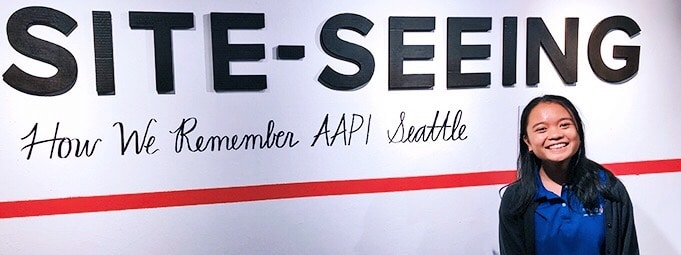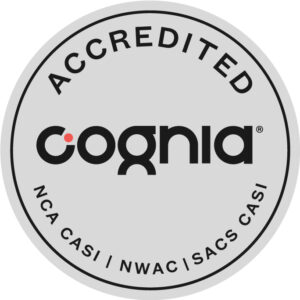
My name is Charisse Vales. I was born and raised in Seattle, WA, and growing up, I have always had a passion for the arts. Ranging from painting to photography, I’ve always been full of imagination and resort to art to let it all out. Ever since I could pick up a crayon or pencil, I would immediately draw whatever I would think of. As a result, I hope to use this skill for the better and put out work that can express emotions and hidden stories. I am also a first-generation Filipino-American. Despite never feeling the need to learn about my culture growing up, I have grown to embrace it. So, when I heard about YouthCAN, I thought it would be a great opportunity to understand my background and the history that the AAPI (Asian American Pacific Islander) community has made in Seattle.
[av_image src=’https://rentonprep.org/wp-content/uploads/2019/10/unnamed-5-1030×773.jpg’ attachment=’17389′ attachment_size=’large’ align=’center’ styling=” hover=” link=” target=” caption=” font_size=” appearance=” overlay_opacity=’0.4′ overlay_color=’#000000′ overlay_text_color=’#ffffff’ copyright=” animation=’no-animation’ av_uid=’av-n046oy’ custom_class=” admin_preview_bg=”][/av_image]
From early July to August of 2019, I applied for a seasonal art program called YouthCAN. It’s at the Wing Luke Museum in the Seattle Chinatown-International District. I ventured to different parts of downtown Seattle to see its influence on the AAPI community. Having Filipino immigrant parents, I really wanted to learn more about my culture in my city and have a broader perspective on Seattle as a whole. For example, one day I learned more about Chinese American history and their experiences migrating to the US. The next day, I learned more about historical sites involving Filipino fishermen residing all throughout the west coast. After these mini field trips, each artist or student that was part of the program created an art piece and centered it around the site we visited.
As students, we were given the opportunity to create an installation for Jamfest, a festival for local artists and musicians in Seattle. These installations were all throughout the Chinatown-International District and were open to the public. My partner and I set down a mirror in front of the Wing Luke. It told people to stop and write down their biggest insecurity and what they loved about themselves. The main message we wanted to convey was that everyone has insecurities, but they are never alone. Living in such a fast-paced world, we easily get caught in a cycle where we end up comparing ourselves to others. The mirror allowed people to stop for a moment and reflect. The program was such a wonderful experience that allowed me to be more aware of the struggles many immigrants faced, including what my family went through in order to move to the U.S.
Both of my parents moved from the Philippines at different times. However, before they came, my father’s uncle was the first person to immigrate from the Philippines. He worked as a fisherman and resided in Alaska in the early 1960s. On days when he didn’t work, he would visit different parts of the west coast and Guam. When he lived in Seattle, he lived at the NP Hotel in Chinatown. He passed away before I was born and I couldn’t interview him about his experience. However, the closest way to learn about him was through my dad and his siblings. So, I interviewed them and learned more about their hobbies, as well as who they were outside of their careers.
I wanted to show a representation of my grand uncle’s story and the struggles he faced in the U.S. He was an avid photographer who had a huge appreciation for film. With that, I painted a film canister to show what his true passion was. Inside, I drew the NP Hotel in Seattle, which he found to be his home away from home in the Philippines. With his passing, I couldn’t really get to know him but I continued investigate my family’s history through the stories he would tell my dad and his siblings. Inside the film canister were some things I thought really represented him. For example, his being known for having shiny shoes, teaching himself English (shown through books and textbooks), and his camera (being a prized possession of his). Overall, with this art piece I hope to shed more light on his life and his personal experiences.
Having this experience has completely changed the way I see my family and the AAPI community. Learning about the sacrifices and labors many immigrants have gone through helps me understand the value and how fortunate I am to be here. I would not ever take back the experiences I have done with YouthCAN, and I am glad I’ve started my art journey this way.
Charisse Vales.

